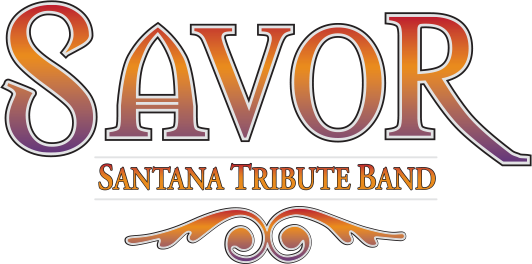After leading a Santana Tribute Band for more than 15 years, I have played dozens of his songs for hundreds of thousands of audience members. During those performances, it is obvious which songs connect with people more than others. To that end, one song stands above the rest:
Oye Como Va
Time after time, whether or not we have been able to stir an audience for whom we are performing, when we arrive at the closing number (Oye Como Va), people invariably get up to dance. Not only that, but they begin to interact with the band more than they have for the entire show. Let’s face it, there is something about that song. After so many years, I believe I understand what causes this phenomenon.
The power of this Latin song
Like many of Santana’s hits, this song was penned by someone else. In this case, Latin music percussion legend Tito Puente was the songwriter. Again, like many of Santana’s biggest hits (Evil Ways, Black Magic Woman/Gypsy Queen, and others), Oye Come Va was not only written, but originally performed by someone else: in this case, Tito Puente and his band.
As with the other cover songs which Carlos Santana has made his own, the original rendition of the song is quite different than the one we know and love today. In the case of Oye Come Va, the lead instrument is a flute instead of a guitar, and the whole feel is much lighter.
(It is interesting to note that the other songs were once quite different as well. Evil Ways was a very dark blues song, with the vocals sung in octaves. Black Magic Woman, written and initially performed by Peter Green in Fleetwood Mac, was also more of a blues song. The second half, Gypsy Queen, was a much sprightlier version written and played by jazz guitarist Gabor Szabo.)
However, in the original version as in Santana’s well-known recreation, there is no denying the potency of the main riff: a chord progression played on the organ. Based on the core rhythm of Latin music called the “Clave,” that progression contains powerful rhythmic and melodic hooks that are instantly recognizable.
Carlos makes it his own by adapting the melodic motif to the electric guitar, phrasing it in his inimitable style. While he does capture the essence of the flute melody, he also adds in his trademark guitar style and — let’s face it — completely owns this riff.
Santana’s arrangement: The secret sauce
The band also tweaks the arrangement and gives it that famous Santana oomph. Dave Brown on bass plays a wickedly simple line that has as much or more space as it does sound — one of his trademarks. And the rhythm section, led by pint-sized phenom José “Chepito” Areas, provides a rock edge that is lacking in the original version. (Part of this is due to the fact that Santana uses a traditional Western “kit” drummer, while Latin music does not.)
Along with all these factors, the band cleverly weaves parts in and out in a subtle fashion that keeps the song interesting throughout the entire six-minute length.
Why Oye Come Va is such a draw to the dance floor
There is no doubt that Latin music tends to make people dance — and this song is no exception. My theory is that the rhythmic complexity of Latin music puts in beats before listeners expect them, which mentally pushes people forward. Think of a time when you were running and your torso got ahead of your feet. You had to move your feet faster, to catch up and not trip. That is an analogy to how Latin music pushes you forward while you are dancing.
With all these aspects working together, it becomes more clear why this song in particular has become the perennial favorite among Santana fans the world around. And explains why we always close the show with this particular song!

